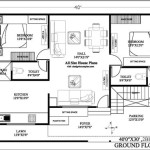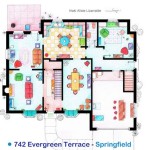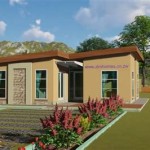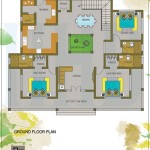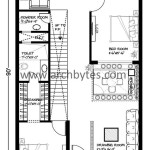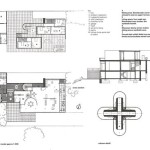Passive Solar House Plans with Walkout Basements: Essential Aspects to Consider
Integrating passive solar design principles into your home construction can significantly enhance energy efficiency and reduce your reliance on conventional heating and cooling systems. Among the various passive solar home plans available, those with walkout basements offer unique opportunities to maximize both daylighting and passive solar heat gain.
Walkout basements extend the home's living space into the lower level, typically accessible through a full-height door leading to a ground-level outdoor area. This design allows for direct access to natural light and outdoor spaces while providing additional square footage.
When considering passive solar house plans with walkout basements, here are some essential aspects to consider for optimal performance:
1. Orientation and Site Placement:
Proper orientation is crucial for maximizing solar heat gain. Ideally, the front of the house (with the walkout basement) should face south (in the Northern Hemisphere) to capture the most sunlight. The home's placement on the site should also consider shade from surrounding trees or structures.
2. Window Placement and Size:
Windows on the south-facing side of the basement play a vital role in admitting daylight and capturing solar heat. Consider using large, high-performance windows with low U-factors and high SHGC (Solar Heat Gain Coefficient) ratings. Glazing with passive solar coatings can further enhance heat retention.
3. Thermal Mass:
Incorporating thermal mass, such as concrete floors or thermal mass walls, in the basement helps store solar heat during the day and release it gradually at night. This helps regulate indoor temperatures and reduce heating requirements.
4. Insulation and Air Sealing:
Excellent insulation and airtight construction are essential to minimize heat loss. Proper insulation in walls, ceilings, and floors, along with sealing air leaks, ensures that the heat captured from passive solar gain is retained within the home.
5. Ventilation and Moisture Control:
Adequate ventilation is necessary to prevent condensation and moisture buildup in the basement. Consider using a mechanical ventilation system or incorporating natural ventilation strategies, such as operable windows and vents.
6. Landscaping and Solar Shading:
Thoughtful landscaping can enhance passive solar design. Deciduous trees planted on the south side provide shade during the summer while allowing sunlight to reach the home in the winter. Overhangs or awnings can also be used for solar shading during warm months.
7. Energy-Efficient Appliances and Systems:
Complementing the passive solar design, energy-efficient appliances, heating and cooling systems, and lighting can further reduce energy consumption. Consider ENERGY STAR-rated appliances and systems to optimize energy use.
By carefully considering these aspects, you can create an energy-efficient, comfortable, and sustainable passive solar home with a walkout basement. It allows you to enjoy the benefits of natural light, passive solar heat gain, and additional living space while minimizing your environmental impact.

Passive Solar House Plan Designed To Catch The Views 640004sra Architectural Designs Plans

Homes With Walk Out Basements Passive Solar Home Walkout Basement For The House Plans

Sun Plans Acorn

Passive Solar Heating The Free Energy Way To Heat Your Home

Passive House Plans Ekobuilt

3 Bedroom Plus Loft Walkout Basement Passive Home Plan

Passive House Plans Ekobuilt

Passive House Plans Ekobuilt

3 Bedroom Walk Out House Plans Designs Passive Stock

4 Bedroom Walkout Basement House Passive Home Plan With Garage

